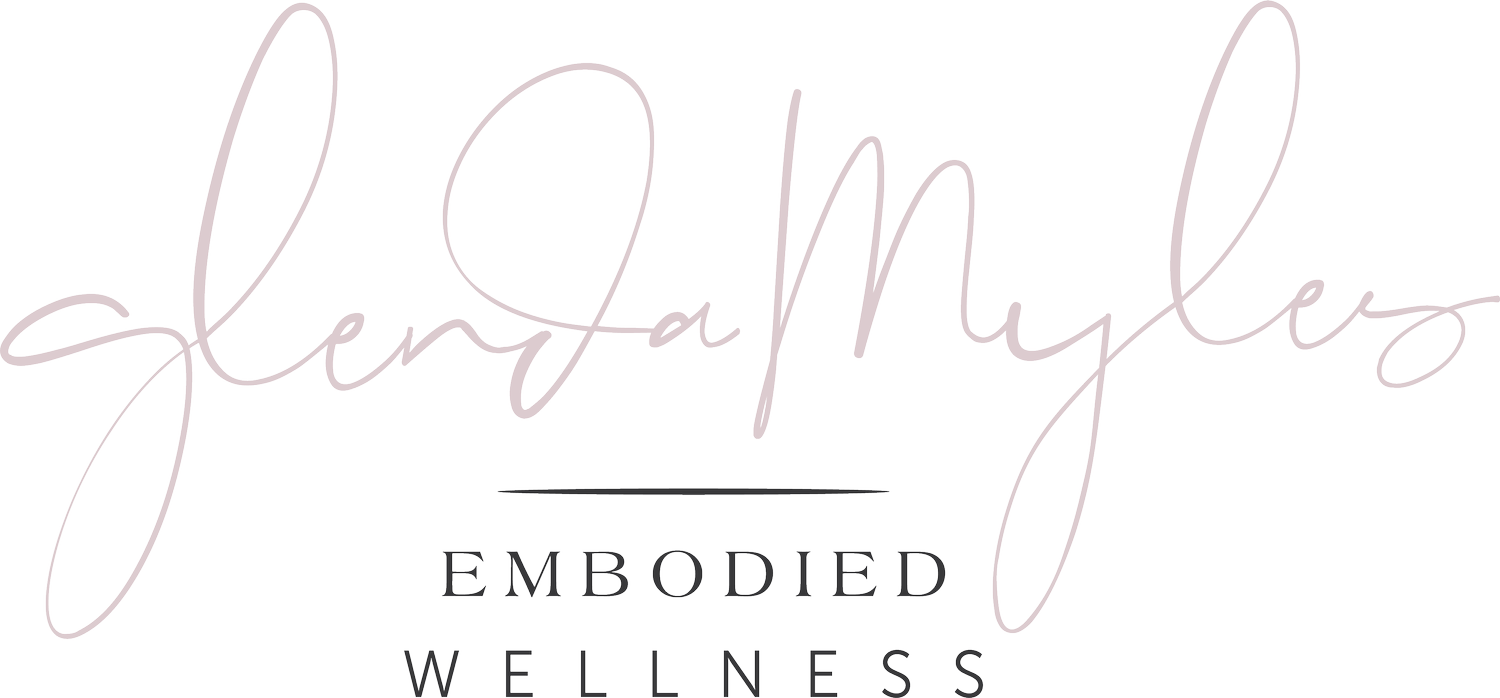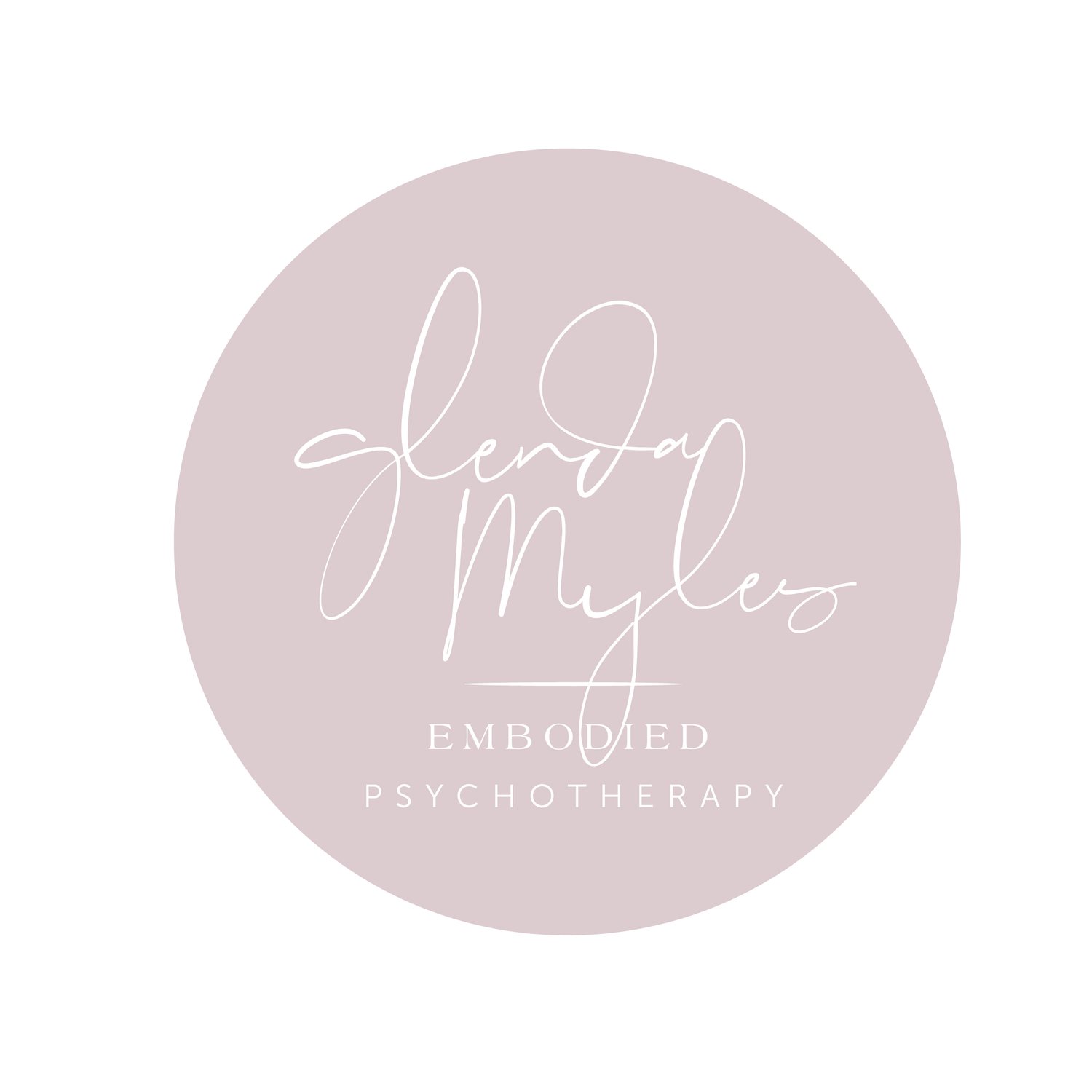Understanding Your Stress Response: From Reaction to Response
From missing a deadline to navigating traffic, our daily lives are filled with stress triggers. While we can't eliminate stress entirely, understanding our stress response can transform automatic reactions into mindful responses, creating greater resilience and wellbeing.
The Anatomy of Stress
Your Brain Under Stress
When stress hits, your brain activates a cascade of responses:
The Amygdala (Emotion Center)
Detects potential threats
Triggers alarm response
Activates survival mechanisms
Bypasses rational thinking
Prepares for action
The Hypothalamus (Command Center)
Releases stress hormones
Activates nervous system
Increases heart rate
Affects breathing
Mobilizes energy
Common Stress Response Patterns
1. Fight Response
Physical Signs:
Muscle tension
Increased energy
Rapid breathing
Racing heart
Heat sensations
Behavioral Signs:
Argumentative stance
Defensive reactions
Aggressive impulses
Confrontational attitude
Strong opinions
2. Flight Response
Physical Signs:
Nervous energy
Fidgeting
Shallow breathing
Tight chest
Cold extremities
Behavioral Signs:
Avoidance patterns
Procrastination
Excessive busyness
Social withdrawal
Escape tendencies
3. Freeze Response
Physical Signs:
Muscle rigidity
Restricted breathing
Feeling stuck
Heaviness
Numbness
Behavioral Signs:
Mental blanking
Decision paralysis
Overwhelming feelings
Disconnection
Shutdown patterns
Recognizing Your Stress Response
Body Signals
Common physical indicators:
Breath changes
Muscle tension
Temperature shifts
Energy changes
Digestive issues
Emotional Signs
Watch for:
Mood changes
Emotional intensity
Reactivity
Overwhelm
Numbness
Mental Patterns
Notice:
Racing thoughts
Clouded thinking
Poor concentration
Decision difficulty
Memory issues
From Reaction to Response
1. Pause Practice
When stress hits:
Take a breath
Feel your feet
Notice sensations
Create space
Allow awareness
2. Body Check-In
Scan for:
Tension areas
Breath pattern
Energy level
Temperature
Overall state
3. Choose Your Response
Consider:
What you need
Available resources
Possible actions
Support systems
Next steps
Building Your Response Toolkit
1. Immediate Tools
Breath Practices:
Box breathing
Extended exhale
Counting breath
Humming breath
Sighing release
Movement Options:
Shoulder rolls
Gentle stretching
Walking
Shaking
Grounding
2. Short-Term Strategies
Regulation Practices:
Body scan
Sensory grounding
Movement breaks
Nature connection
Social support
Mental Tools:
Perspective taking
Reality checking
Priority assessment
Resource inventory
Action planning
3. Long-Term Practices
Building Resilience:
Regular exercise
Sleep hygiene
Nutrition support
Social connection
Mindfulness practice
Creating Sustainability:
Boundary setting
Time management
Energy planning
Support systems
Regular reflection
Prevention and Preparation
Daily Practices
Morning Check-In
Body scan
Energy assessment
Intention setting
Priority planning
Resource check
Regular Pauses
Breath breaks
Movement moments
Nature connection
Mindful meals
Social contact
Evening Wind-Down
Day review
Tension release
Tomorrow prep
Gratitude practice
Rest ritual
Professional Support
When to Seek Help
Consider support when:
Stress feels overwhelming
Patterns feel stuck
Health is affected
Work is impacted
Relationships strain
Our Approach at Glenda Myles Embodied Wellness
We offer:
Individual sessions
Group programs
Skills workshops
Integration support
Ongoing guidance
Program Components
Assessment
Stress patterns
Response habits
Resource inventory
Support needs
Goal setting
Skill Building
Awareness practices
Regulation tools
Response options
Integration skills
Support strategies
Integration Support
Regular check-ins
Practice adjustments
Progress tracking
Challenge support
Growth celebration
Creating Lasting Change
Key Principles
Start Small
Choose one area
Build gradually
Track progress
Adjust as needed
Celebrate wins
Stay Consistent
Daily practice
Regular check-ins
Support connection
Pattern awareness
Course correction
Build Resilience
Resource development
Support systems
Self-awareness
Response flexibility
Recovery skills
Your Path Forward
Remember:
Change takes time
Progress isn't linear
Support is available
Your pace is perfect
Small steps matter
Next Steps
Ready to transform your stress response?
Schedule a consultation
Assess current patterns
Develop personal toolkit
Create action plan
Begin practice
Contact us to learn more about transforming your stress response through our integrated approach to embodied wellness.
Your journey from reaction to response begins with awareness and grows with practice.

